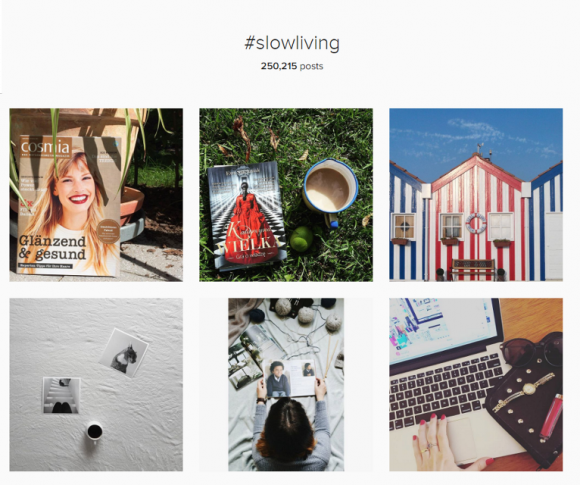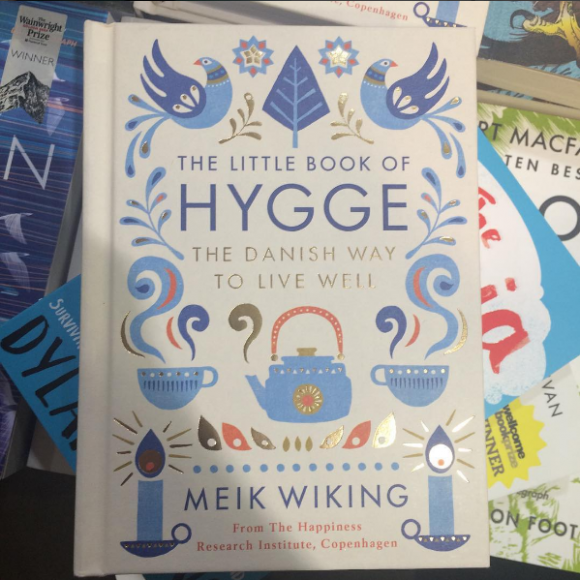We’re seeing the beginnings of a new trend happening – a backlash against productivity, and a movement into slow time.
It’s no news to us that our work / life balance is blurring through technological advances. We can do our banking in the bath, complete our grocery shop from the sofa, or plough through our work emails from the comfort of our bed. Whilst this is fantastic for convenience, do we ever really switch off?
INCREASED PRODUCTIVITY
Rather than saving us time, convenience could be taking it away. Everyday processes are getting faster and faster. A recent innovation from the US is a cash machine which cuts down the process of drawing out money from 40 seconds down to 10 seconds. Whilst we’re saving time through these quicker processes, we’re spending the time we save doing even more productive tasks – switching through task after task without taking a breath.
Our Illume Network felt this in their own lives, with 79% consciously looking to make the most out of the time they have each day. With no boundary existing between ‘work time’ and ‘free time’ consumers are trying to cram in as much as possible.
SLOWING THINGS DOWN
As a natural response, there’s a demand from consumers to take time out to breathe and do something non-productive. Whilst the need for ‘me-time’ seems like a basic human need we’re all aware of, our approach to it is changing. Rather than naturally having moments of free time in between tasks, we’re now actively organising and carving out time slots in order to unwind, because now there is no ‘in between’.
Another change is how we’re spending that time. Consumers are wanting to slow it down, to make the absolute most of every minute and savour it like enjoying an indulgent treat.
Brands like BBC Four and Netflix have created TV programmes which help them to do this. BBC Four’s ‘BBC Four Goes Slow’ is a release of long form programmes which encourage consumers to ‘slow down the pace, sit back, relax and enjoy the collection of deliberately unhurried programmes’. The programmes range from listening to the sounds of spring, to watching the time-consuming process of creating a chair. They lack excitement, thills, plot or heavy editing, and instead they’re long, calming and require minimal attention or effort to stay engaged.
RISE OF HYGGE
The trend of slow time can also be seen in the rising popularity of the Danish notion of ‘Hygge’. With nine books on Hygge published this year, consumers are taking inspiration from the Danes to live a more resting life. Although the word doesn’t have a direct translation, it has been described as: “the absence of anything annoying or emotionally overwhelming; taking pleasure from the presence of gentle, soothing things”. This description highlights the consumer need to appreciate the moment and experience a sense of time slowed down.
Recognising the ‘Hygge’ lifestyle is unachievable for those with busy schedules, start up ‘Living Hygge’ offer ‘Hygge in a box’ – a delivery subscription which sends out items to help customers feel Hygge. Some items in the box include jasmine tea and fairy lights – items to create a cosy and relaxed atmosphere.
It’s interesting these items are pre-chosen by the company and sent out in delivery. It makes the whole process faster, more convenient and less effort. This is telling, as it shows we’ve almost forgotten how to relax, and we’re looking to brands for guidance on how to do it properly.
‘Time is the world’s most precious commodity’ is an overused phrase, but there is truth in it. In our fast-paced lives, consumers are recognising the need for non-productive time and just ‘being’ for a while. In order to achieve this, consumers are looking to brands to provide them with the tools or permission to let go.
If you’d like to know more about our trends predictions, get in touch with the Consumer Trends Team.



